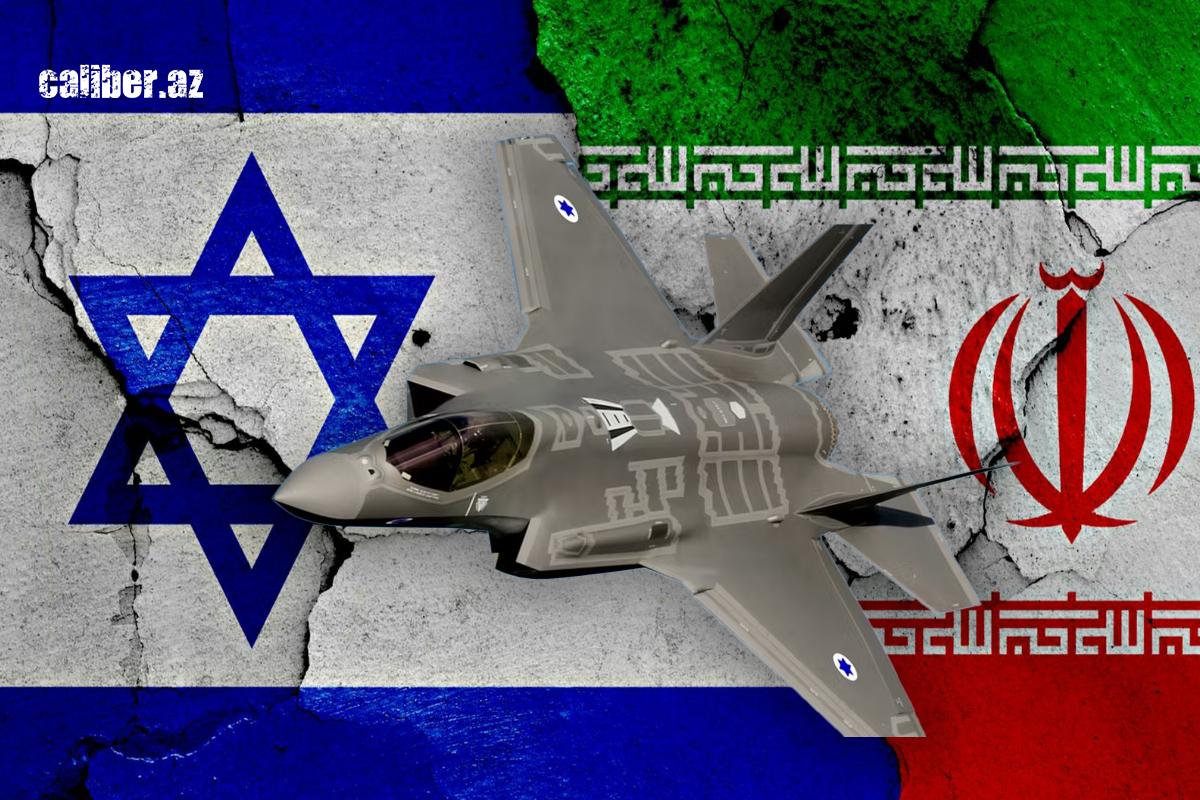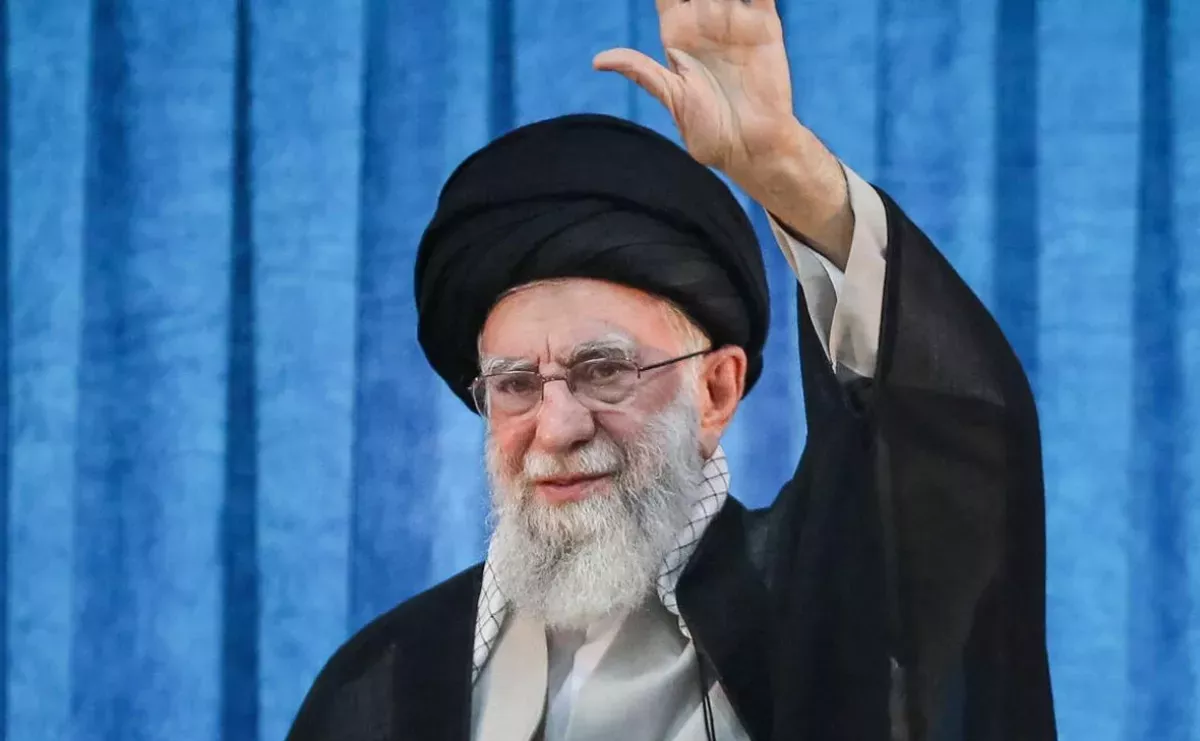No end to the Iran-Israel war What’s next?
The Iran-Israel war has been ongoing for more than a week now, with no signs of it ending. The balance of power and the actions of the parties remain unchanged. Since the very first days, Israel has maintained full control over Iranian airspace and, in addition, through its proxy forces (presumably consisting of opposition-minded Iranians trained in special forces tactics), it has been eliminating high-ranking Iranian military officials, as well as Iranian military and partly civilian infrastructure. In recent days, some nuclear facilities in Arak and Isfahan have been targeted. In addition, Iranian military sites and television stations have come under attack.
On June 20, Israeli sources reported the elimination of Saeed Izadi, commander of the “Palestine” corps within the Quds Forces and the main intermediary between the Iranian regime and Hamas, in the Qom area. Of course, confirmation is still needed, but some such reports of the deaths of Iranian commanders have been confirmed by the Iranians themselves. Overall, Israeli military forces have killed more than 20 senior commanders of the Islamic Revolutionary Guard Corps (IRGC), most of them during the first hours of the war. These events indicate, firstly, Israel’s significant scientific and military-technical superiority, and secondly, a deep split within the Iranian regime — there is no doubt that some high-ranking Iranian officials are leaking highly classified information about the whereabouts of the country’s leadership to the enemy.
According to Iranian opposition sources, during the first week of the war (June 13–20), Israeli attacks targeted various regions of the country. These strikes hit military, civilian, and logistical infrastructure, as well as industrial centres in many locations. The number and geographic spread of the attacks suggest that the strikes extended deep into the country. Overall, it can be stated that Israel is effectively using its air superiority.

At the same time, Israel is incurring losses, primarily due to Iranian ballistic missile strikes. Iran may have succeeded in destroying the oil refinery in Haifa—an especially critical blow given that the country has only two such refineries—and has also targeted several other strategic sites. However, these strikes generally lack precision, resulting in most casualties being civilian. The death toll has already reached several dozen, with injuries approaching a thousand.
In contrast, Israeli strikes on Iran have caused at least 430 fatalities and injured no fewer than 3,500.
Currently, the conflict has devolved into a brutal struggle for survival, with much hinging on the reaction of the population. Iranian society is deeply divided, with widespread dissatisfaction toward the regime. Periodic mass protests involving workers, students, women, and ethnic minorities have repeatedly paralyzed the Islamic Republic of Iran. Should the bombings continue, the country’s governance system risks destabilisation, potentially prompting radical opposition forces to intensify their actions. Notably, some Iranians even support the Israeli strikes. Meanwhile, a significant segment of the population loyal to the regime has consolidated its support around it.

However, Israel also faces significant dangers. Iran’s advantage lies in its vast size, enormous natural resources, and a population approaching 100 million. Israel, by contrast, boasts advanced technology but occupies a small, densely populated territory where critical infrastructure—power plants, oil refineries, residential areas, industry, and ports—are all situated close to one another. Half of the country’s 10 million people live within a continuous urban agglomeration stretching along the coast, known as Gush Dan. While there is some opposition sentiment here directed against the current Prime Minister, Benjamin Netanyahu, the opposition is not inclined toward violent action.
At the same time, Israel’s Arab sector remains unstable. In 2021, several Arab neighbourhoods experienced uprisings against the government, during which both sides used weapons.
One of the key questions today is how the populations of Iran and Israel will respond if the war drags on. Will people rally wholeheartedly around their national flags? And if they don’t, what might they do?

Netanyahu and his close circle remain safe, and many of the wealthiest business figures are located outside Israel altogether. But what will the general population do? Some may try to flee. However, Israeli authorities are gradually closing the country’s borders, at least the airports.
Meanwhile, Ayatollah Ali Khamenei, sheltering in a bunker, has not only appointed new commanders in the military chain of command in case Iran’s security leaders are killed again by Israeli strikes but also named three high-ranking clerics who would succeed him if he is assassinated. Such a scenario is entirely plausible. According to three Iranian officials interviewed by The New York Times, fearing assassination, the Supreme Leader primarily communicates with his commanders through a trusted aide, having cut off electronic communications to make himself harder to locate.
The Iran-Israel war could be prolonged, with civilian suffering growing on both sides. At present, the populations of both Israel and Iran have little real influence over political processes in their countries. Actual power rests with the party elites, ultra-wealthy businessmen, and security forces. Therefore, the main decisions today depend on them.








